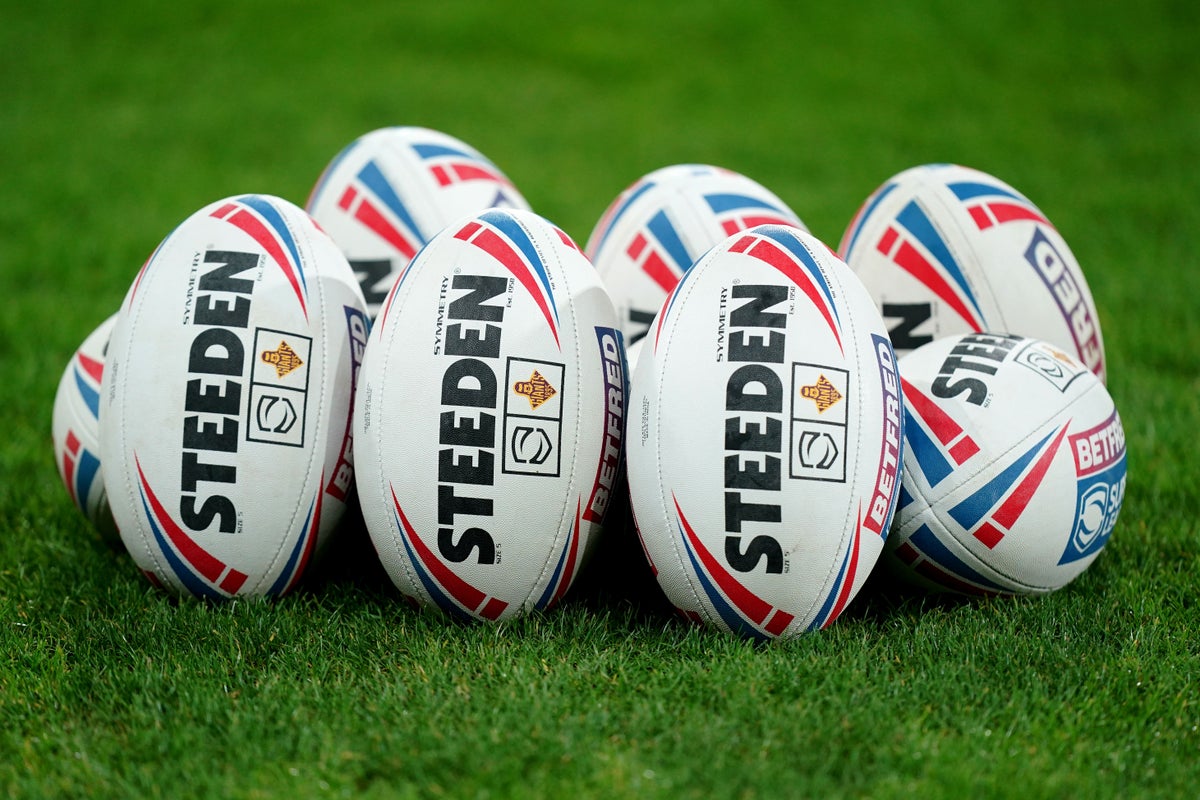
Rugby League will take a further cautious step towards its bright new future on Thursday when representatives of all 36 senior clubs gather in Huddersfield to discover details of the next phase of the IMG-led domestic revolution.
Officials will be given details of the criteria that will ultimately determine which level their clubs will be allotted for the 2025 season and beyond – or whether they wish to vote the whole process down and effectively go it alone.
Here, we explain what the clubs are likely set to find out this week, whether they are likely to support the proposals and what happens if they do or don’t.
What have IMG proposed?
As part of their long-term contract to ‘reimagine’ the future of rugby league, IMG revealed initial proposals in October that centred around each club being allotted a grade – A, B or C – based on a number of as-yet undetermined criteria. Those grades would come into force for the start of the 2025 season, with ‘A’ grade clubs immune from relegation and the remaining top-flight places awarded to the highest-scoring grade ‘B’ teams. The long-term intention is to encourage clubs to aspire to achieving ‘A’ standard and improve the infrastructure and attractiveness of the sport as a result.
How did those initial proposals go down?
Clubs voted almost unanimously for the project to proceed – Keighley were the only club to vote against, whilst a couple of others abstained – pending more details, which are expected to arrive on Thursday. IMG will not hand out grades at this stage, but are set to unveil the specific, detailed criteria by which clubs will be judged going forward and which will involve a range of factors including performance, facilities, finance and, possibly, geographical location.
Will it still mean an end to automatic promotion and relegation?
Essentially, yes, although that may be mitigated by the extent of any weighting in favour of on-field performance. For example, amongst a band of ‘B’ grade clubs at the top of the Championship, a runaway winner with poorer facilities may still prevail; alternatively, a club finishing lower that ticks more boxes elsewhere may be able to climb into the top flight in their place. Once the ‘A’ standard has been achieved by enough clubs to form a full top flight (which will not be for a long time), it effectively reverts to a licensing operation, by another name.
How are the clubs likely to react?
Continued near-unanimity would be a surprise. Keighley, whose specific concerns relate to the scrapping of automatic up-and-down, show no signs of budging. Other clubs seem poles apart on how the criteria should be weighted – for example, some believe ground ownership and/or primacy of tenure to be imperative, whilst others place bigger (rented) facilities higher up the list. Moreover, some clubs may be surprised by how few are on course for an initial ‘A’ grade – potentially, as few as three – St Helens, Leeds Rhinos and Warrington – will achieve the top band.
What happens next?
Clubs will be given a few weeks to digest IMG’s proposals before putting them to a further vote. If they are voted down, which still appears unlikely, IMG are out of the door and the sport will quite possibly descend into acrimony. If they give the green light, the next stage will be the issuing of provisional ratings for each club, possibly as early as Autumn, with a view to them being given time to adapt before the decisive point towards the end of 2024, when they will learn their respective fates.







